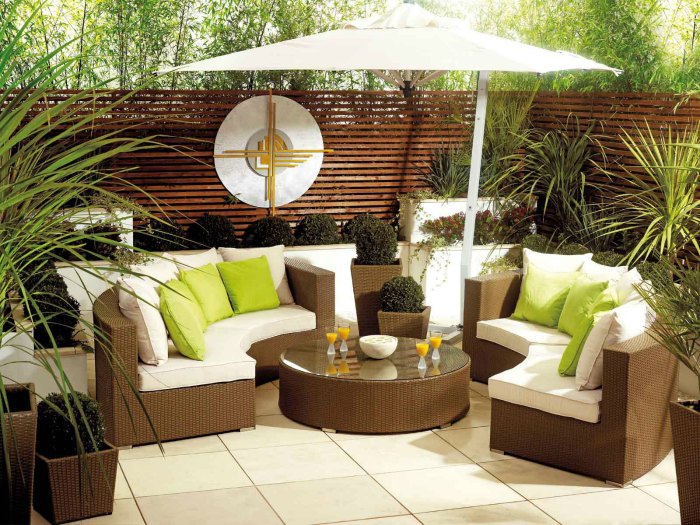Ask any professional chippie or veteran cabinet maker what’s the key to driving in finishing and casing nails, and they’ll probably tell you that it’s all about proper countersinking. Learning how to use an old school nail setter to get the perfect countersink every time without marring delicate woodwork is a skill that takes years to master.
It’s quality handwork that’s easily recognized in the finished product, but it’s a time-consuming process that’s not ideal when structures need to be built on timelines and every countersink still needs to be just right. It’s no surprise then that powered nail guns have been so effective at reshaping the job of countersinking.
And even though they can drive in hundreds of perfectly set finishing nails per hour with just the squeeze of a trigger, that’s still not enough. To be truly effective, they need to be portable; and fortunately, the technology needed to make them more portable than ever hasn’t stopped evolving.
The Advantage of Powered Finishing Guns
Let’s be honest: when it comes to finishing and casing work, as helpful as a powered nail gun can be, working with one that’s portable is what gives you the advantage. As opposed to being tethered to a noisy air compressor all-day, battery-operated finishing nail guns really come into their own when work needs to done quickly, efficiently, and perfectly every time.
Typically weighing in at less than 2kg, cordless finishing guns from companies like Paslode can drive in 2 – 3 nails per second, and up to 1,000 nails per hour. For tradies or chippies doing finishing work on jobsites where time is unavoidably lost to working with crooked walls and uneven surfaces, the amount of productivity that a cordless finishing nailer can help them reclaim is incalculable. It’s the advantage that every professional woodworker can appreciate, with the portability and flexibility to handle any job that comes up.

Main Finishing Nail Gun Types
Top quality cordless finishing nailers come in two heavy duty, ergonomic types: straight and angled.
Straight finishers feature a nail magazine that’s perpendicular to the body of the nail gun. They’re designed for use at a 90° angle from the working surface, with the advantages of being:
· Ideal for smaller sized nails;
· Superior at making holes that are less noticeable; and,
· Less likely to split the wood.
Angled finishers utilize a nail magazine that’s fixed at a 20° angle from the body of the gun. Angled finishers are inherently more compact and ordinarily weigh less than straight finishers, and are exceptionally well suited for:
· Working in tight spaces;
· Using larger sized nails; and,
· Nailing at angles that allow for greater gripping strength.
Adjustable drive depths give both varieties consistent countersinking capabilities; but it’s a question of usage when it comes down to which one is the better performer. Straight cordless finishing nail guns are more than sufficient for most jobs, while angled guns are easier to use in corners and can drive nails at pitches where added shear strength is preferable.
The gauges and types of fasteners that are used also play a part in which nail gun will achieve the best results in any instance. The outcomes can vary, so it’s important to understand how they impact the finishing nail gun and the working surface.
Understanding Finishing Nails
There are three main gauges of fasteners for finishing nail guns for sale, and while they may be small in size, the differences between them are big, as you have:
· 15-gauge. These nails are 1¼” – 2½” in length, with a head diameter of 3/16″ and a shank diameter of .0720”.
· 16-gauge. These nails also have the same length and head diameter, but have a shank diameter of .0625”.
· 18-gauge. These nails are often referred to as brads, and are 5/8” – 2” in length, a slightly smaller head diameter, and a shank diameter of .0475”.
All of these fasteners are equally suitable for countersinking, but the irony is that larger fasteners also have smaller numbers. With their more robust shanks, a 15-gauge nail is better suited for stronger gripping than a 16- or 18-gauge nail. Inversely, an 18-gauge nail with its smaller head and shank diameters, produces a cleaner countersink than a 15- or 16-gauge nail.
And not only must nails match the exact size of nail gun they’re used with, but also the type of nail gun. It means that the 16-gauge nails made for a straight cordless finishing nail gun won’t fit in an angled gun. They have to be collated to the same angle as the magazine of the nail gun.

Finishing Nail Gun Power Options
Without a lightweight, long lasting power source, a cordless nail gun isn’t as practical as a pneumatic one: compressor, hoses, and all. That’s why superior lithium-ion batteries and high power generating fuel cells are the only solid choices when it comes to keeping a battery powered finishing nail gun going.
For a top performing battery finishing nailer, the option to switch between lithium-ion batteries and cordless fuel cells affords users:
· A 50% longer battery life than with other types of power cells;
· A battery that holds a charge up to 5 times longer;
· Approximately 1,200 nails per fuel cell;
· A battery life of 6,000 nails per charge; and,
· A 2-minute battery quick charge for up to 200 nails.
When the package is rounded out with all the necessary charging equipment, a proper battery powered finishing nailer is going to include the full complement of accessories a woodworker needs to keep working, without losing valuable time between recharges. And given the wide range of finishing activities that are possible with portable nailers, the opportunity to keep a charged battery in reserve at all times is a benefit in itself.
More Than Mouldings with Finishing Nailers
Although finishing nailers are most commonly associated with baseboard and shoe mouldings, they’re ideal for a full range of home and jobsite finishing and casing tasks, including:
· Window and door casings;
· Crown and corner mouldings; and,
· Chair rails and wainscot panels.
In fact, finishing guns are excellent for use on much more than mouldings, casings, and decorative items. With the correct fasteners, they’re also perfect for assembling and securing structurally significant components such as:
· Stairs and handrails;
· Door jams and stops; and,
· Cabinets and aprons.
Ultimately, no matter which type of nailer a tradie or chippie decides to go with, they can be sure that they’re getting a tool that’s made to do an array of jobs, from the ceiling to the floor.

The Final Word
At the end of the day, the best finishing and casing work will always be distinguished by how well the countersinks were executed. That’s why it’s especially important on large projects that the quality of those countersinks isn’t diminished because woodworkers and craftsmen don’t have the luxury of manually countersinking every nail.
With the squeeze of a trigger, battery operated nail guns allow chippies to undertake every job with the confidence and precision that would be impossible even with a nail setter. They provide a level of flexible performance that simply isn’t available with pneumatic or even electric nailers, and professionals agree that there’s no better tool when it comes to perfect countersinking.















